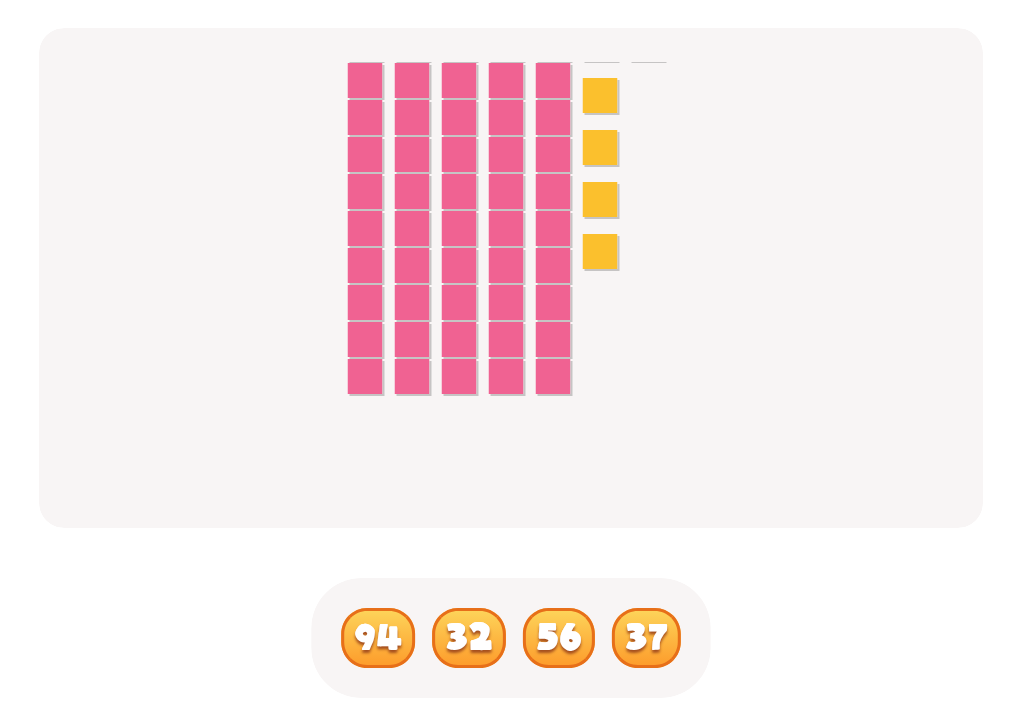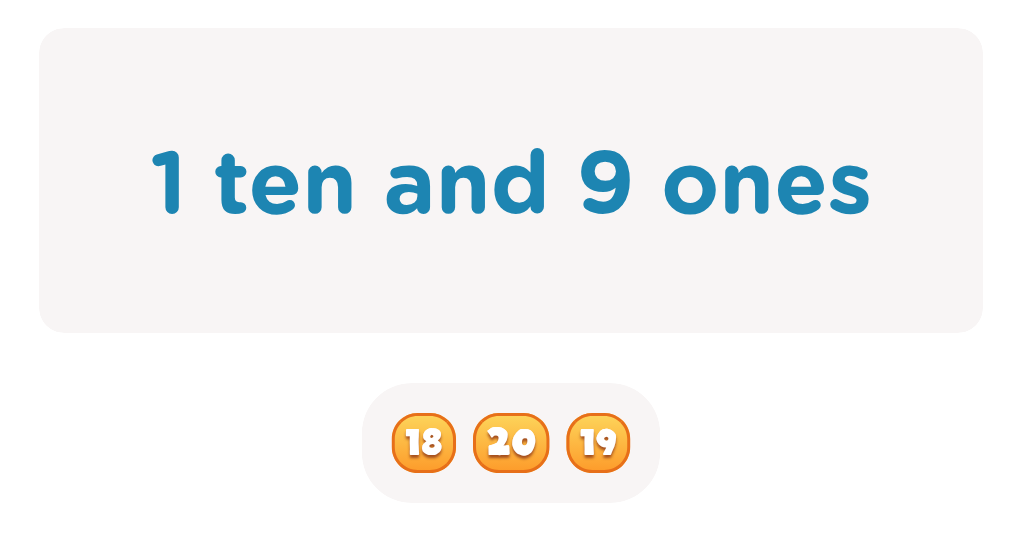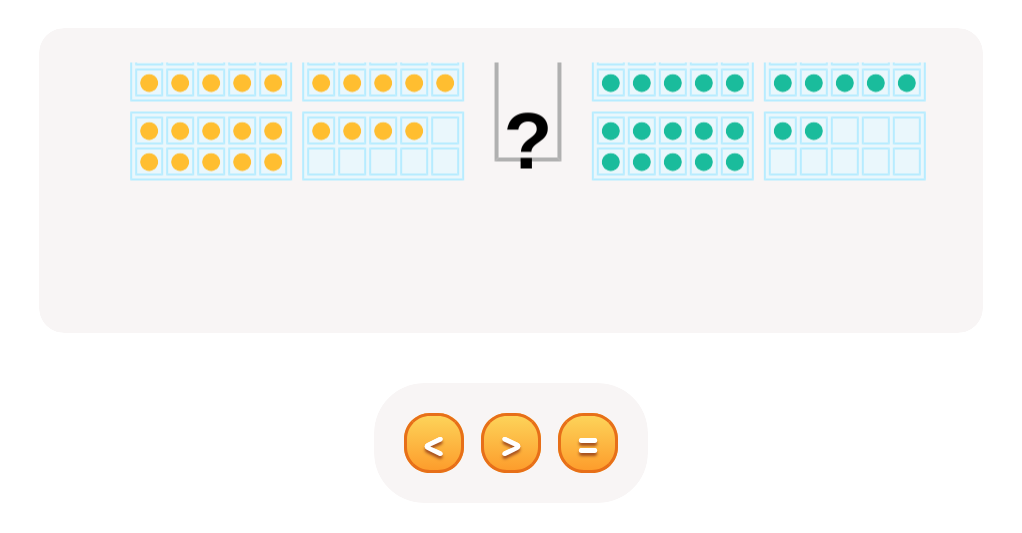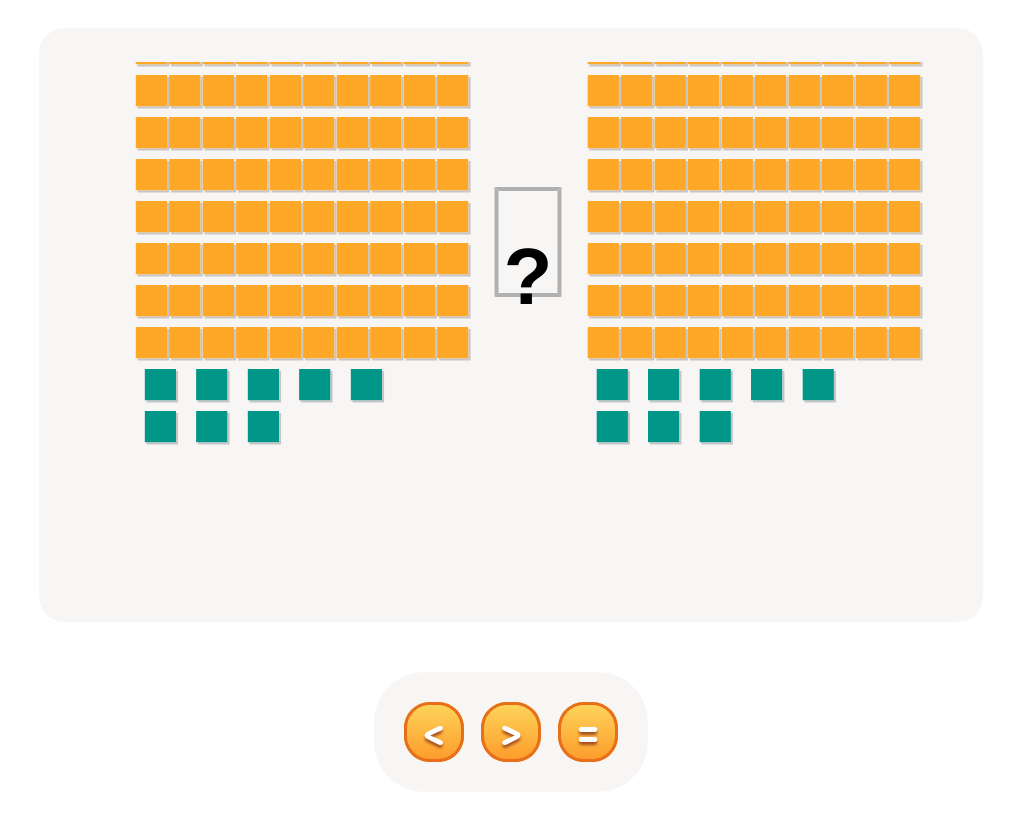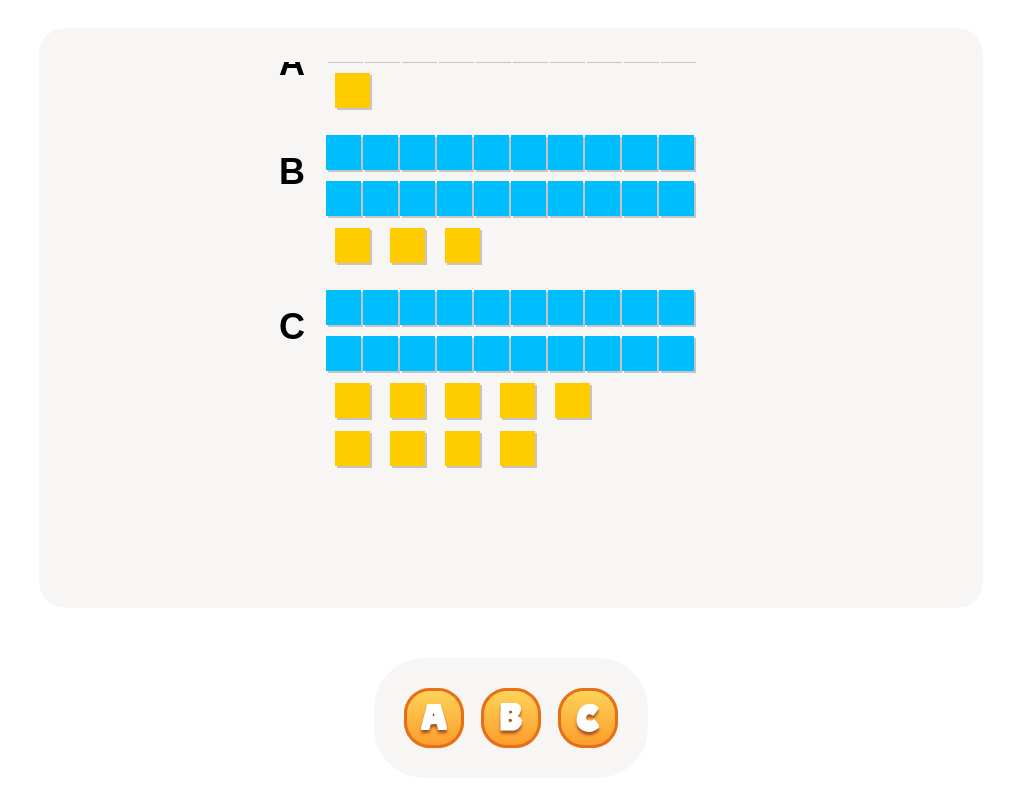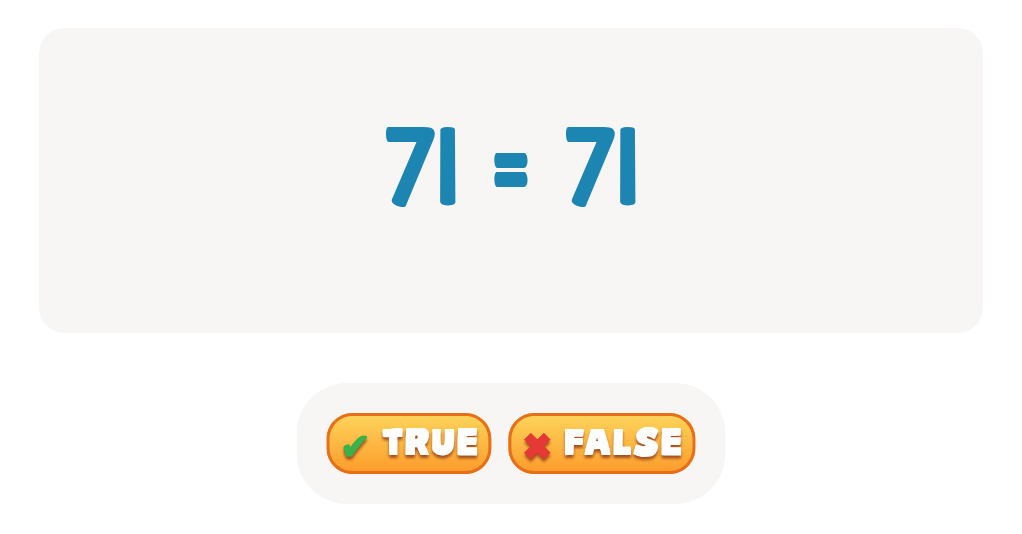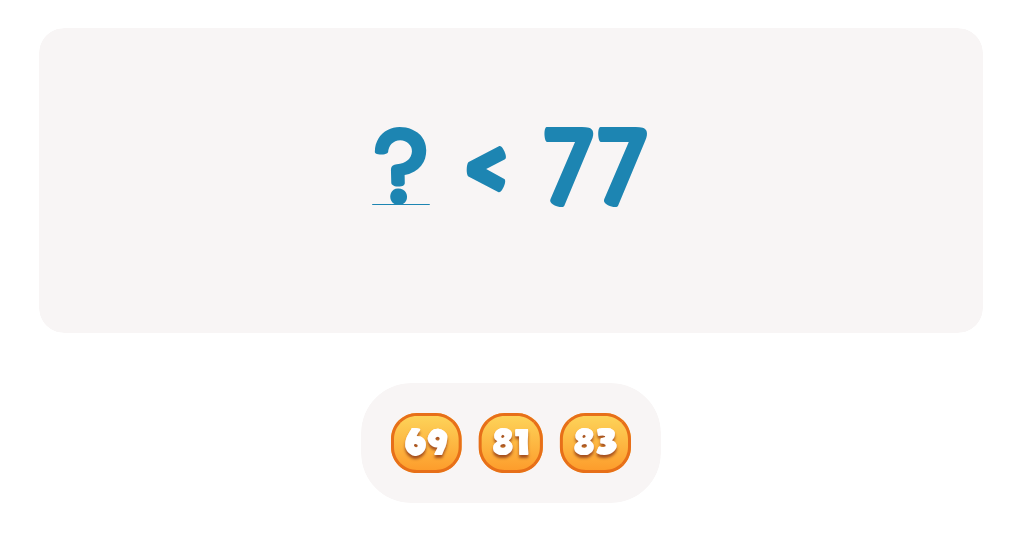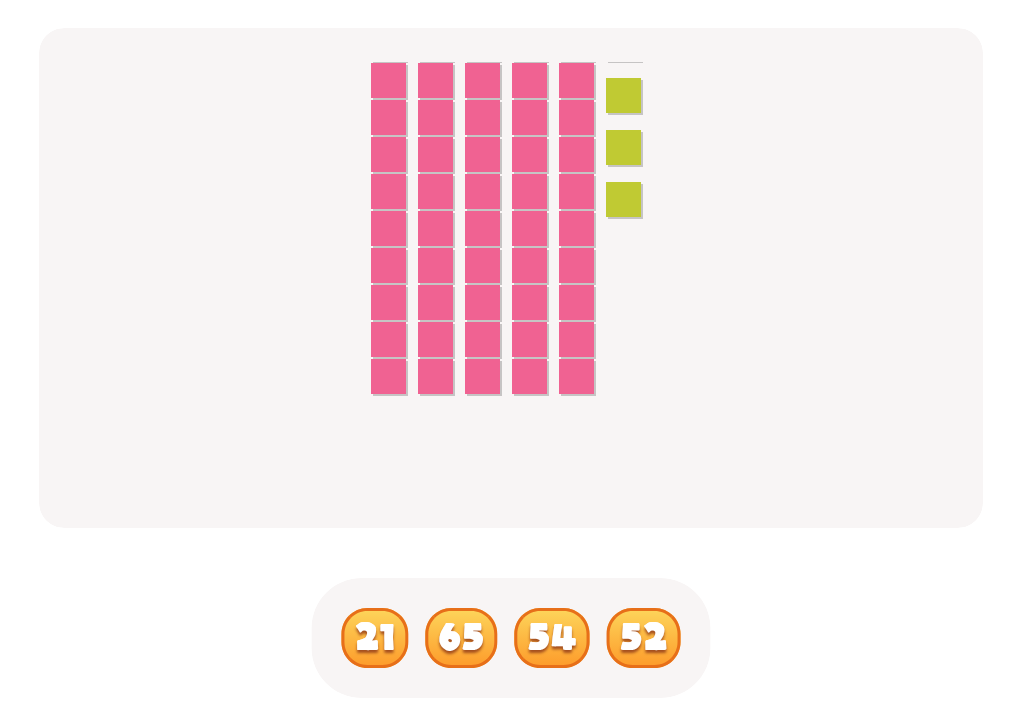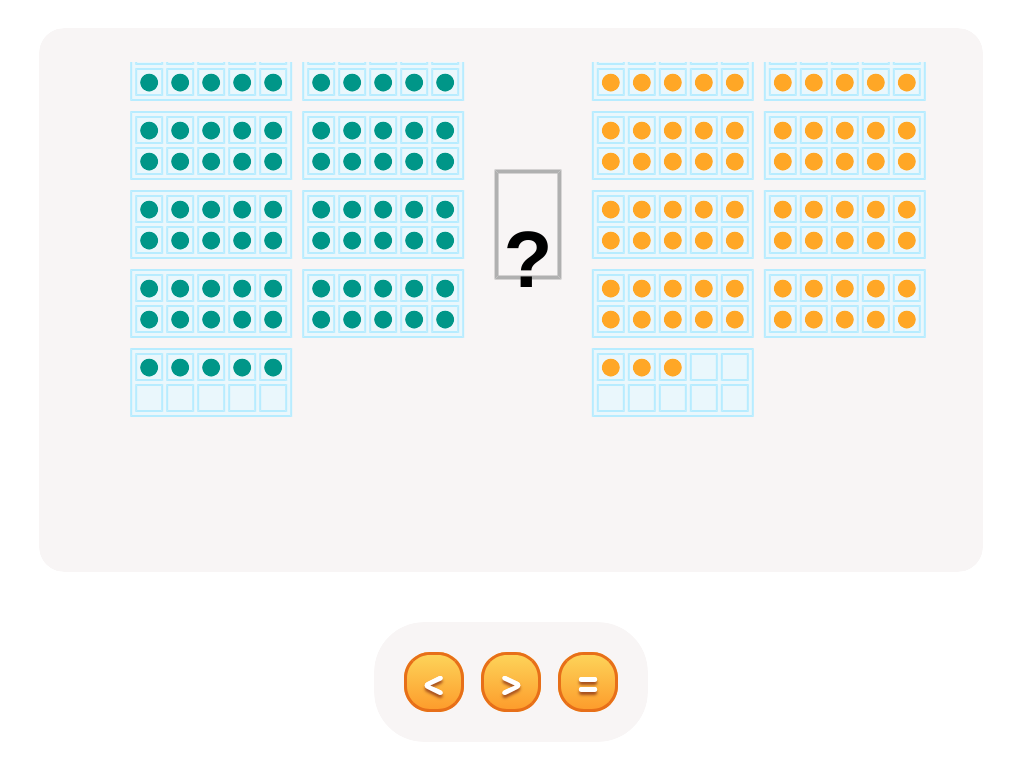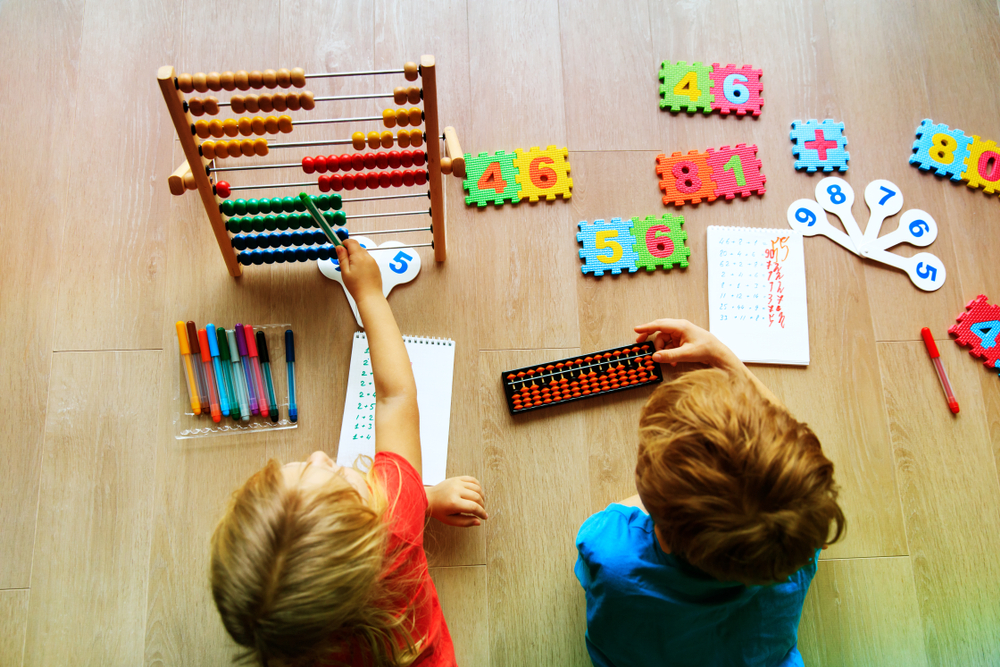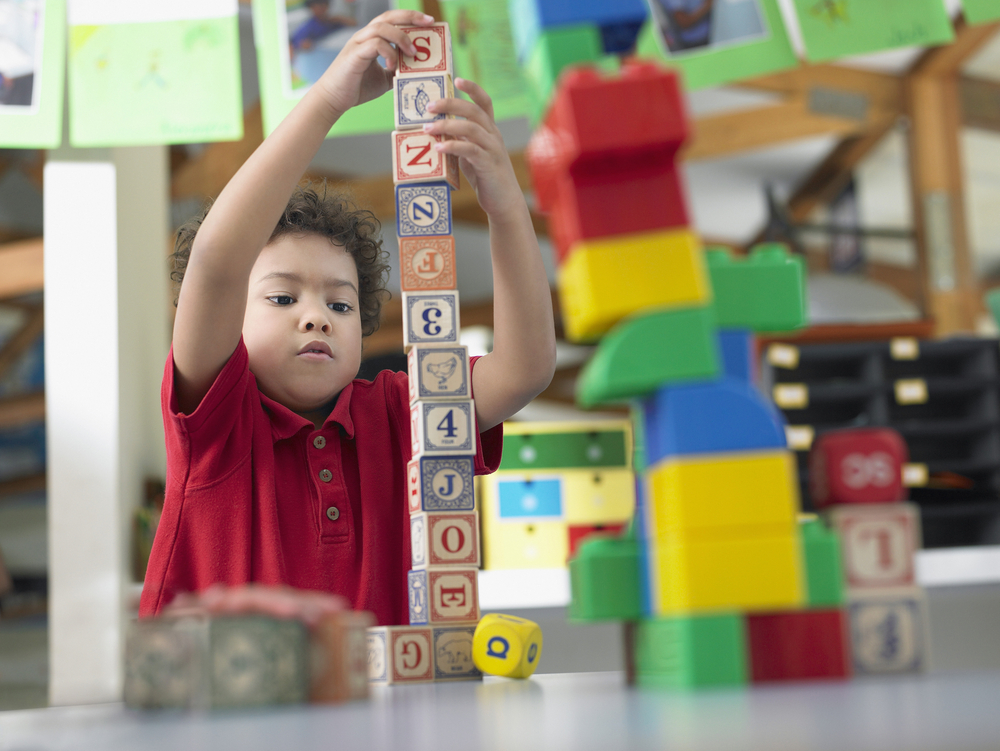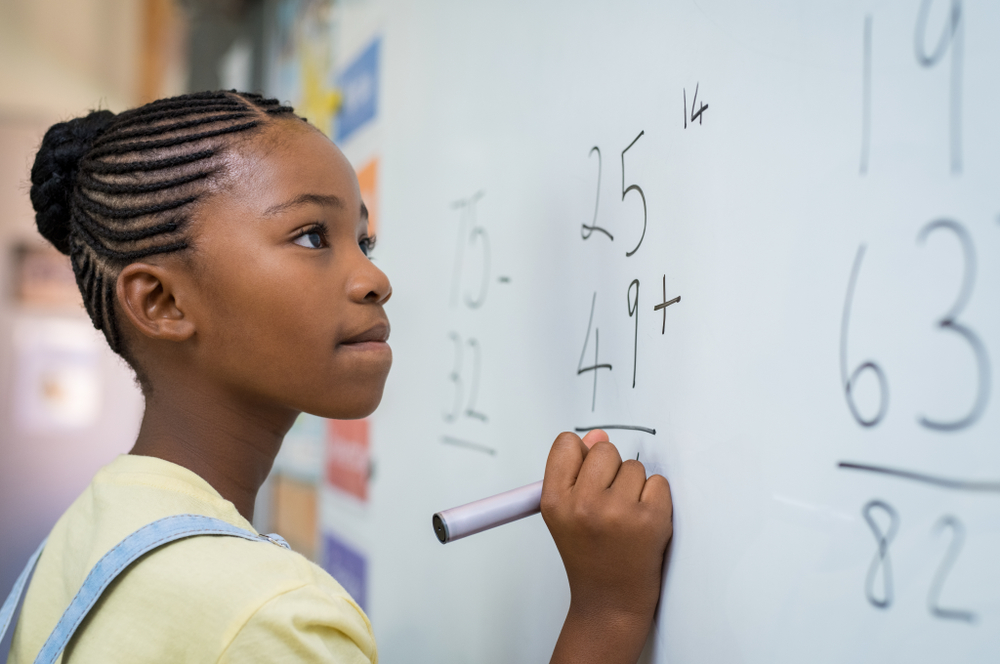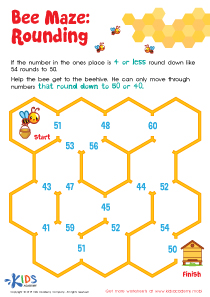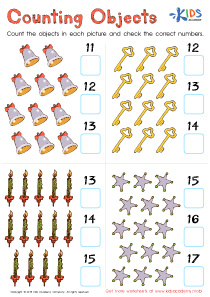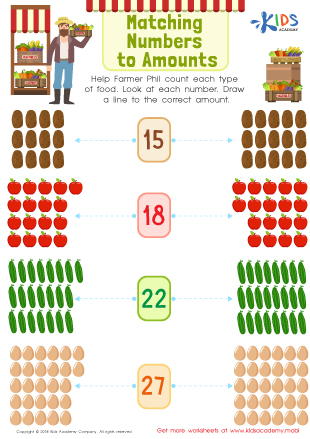Basic Math Skills Normal Place Value Worksheets for 6-Year-Olds
3 filtered results
-
From - To
Boost your 6-year-old’s math confidence with our engaging Basic Math Skills Normal Place Value Worksheets! These expertly designed resources help young learners understand and practice place value concepts. Through a variety of fun, visually appealing exercises, children can gain a solid foundation in recognizing and working with units, tens, and hundreds. Ideal for classroom use or at-home practice, our worksheets cater to different learning paces and styles. Empower your child with essential math skills and watch them excel in their mathematical journey. Visit our webpage to explore the diverse collection and make math exciting for your young learner today!


Comparing Number Representations Worksheet
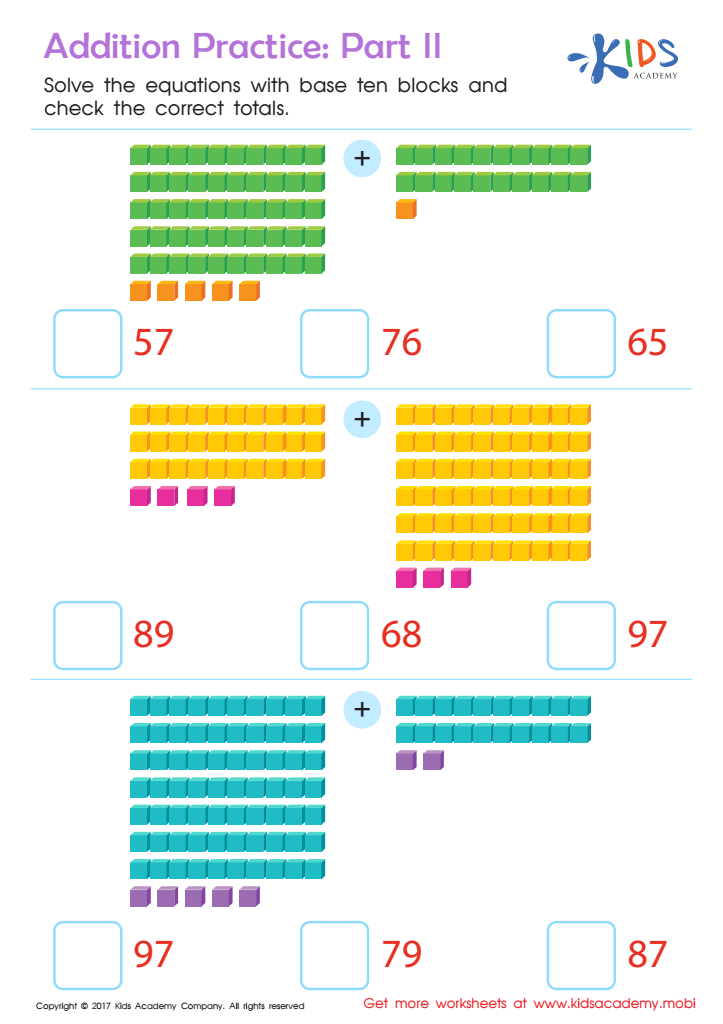

Addition Practice Sheet: Part 2
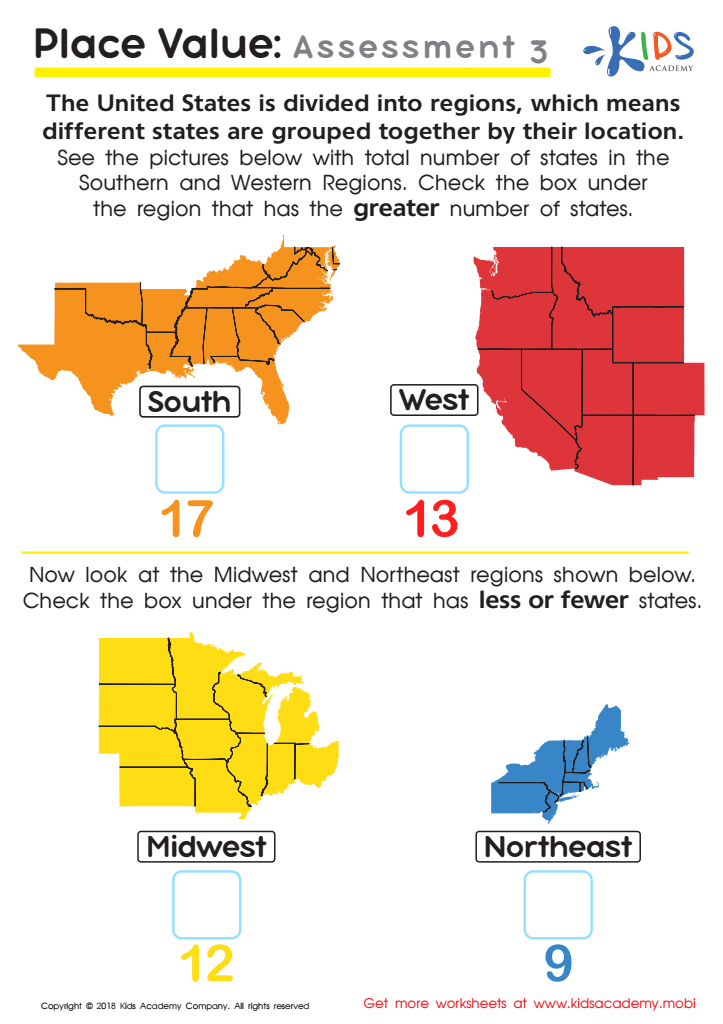

Place Value: Assessment 3 Worksheet
Basic math skills and a strong foundation in place value are essential for six-year-olds because they set the groundwork for all future mathematical learning. Place value understanding, in particular, is crucial. It refers to the value of where a digit is in a number. For example, in the number 42, the digit 4 represents 40, not just 4.
Teaching place value at an early age helps children to comprehend the decimal system, allowing them to accurately read, write, and understand larger numbers. It enables them to perform basic arithmetic operations more effectively, as additions and subtractions are reliant on this understanding. For instance, knowing that in the number 58, the 5 represents 50 helps a child understand the process of adding 20 more and reaching the answer of 78 with greater ease.
Furthermore, early mastery of place value and basic math skills cultivates a child's critical thinking and problem-solving abilities. These skills often translate into other subjects and aspects of life, fostering overall cognitive development. As children gain confidence in their mathematical abilities, they are likely to have a positive attitude towards learning, paving the way for academic success in later years. Therefore, parents and teachers should prioritize the teaching of basic math skills and place sets to establish a solid mathematical foundation.
 Assign to My Students
Assign to My Students
